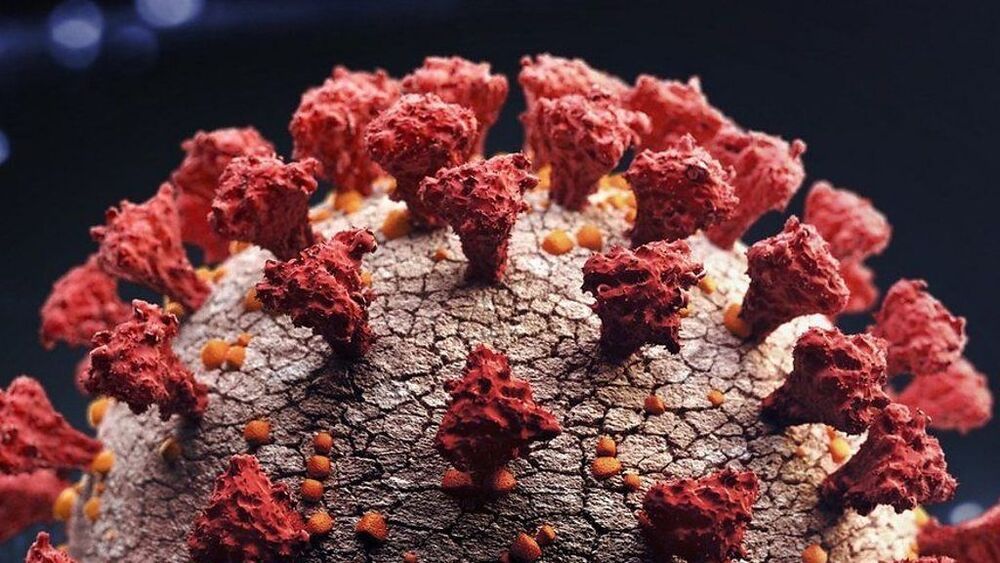An international team of researchers has found what they believe to be the pathogen that has been killing chimpanzees at a Sierra Leone sanctuary for approximately 15 years. In their paper published in the journal Nature Communications, the group describes their study of multiple samples of chimp tissue retrieved from some of the dead chimps and what they have found thus far.









